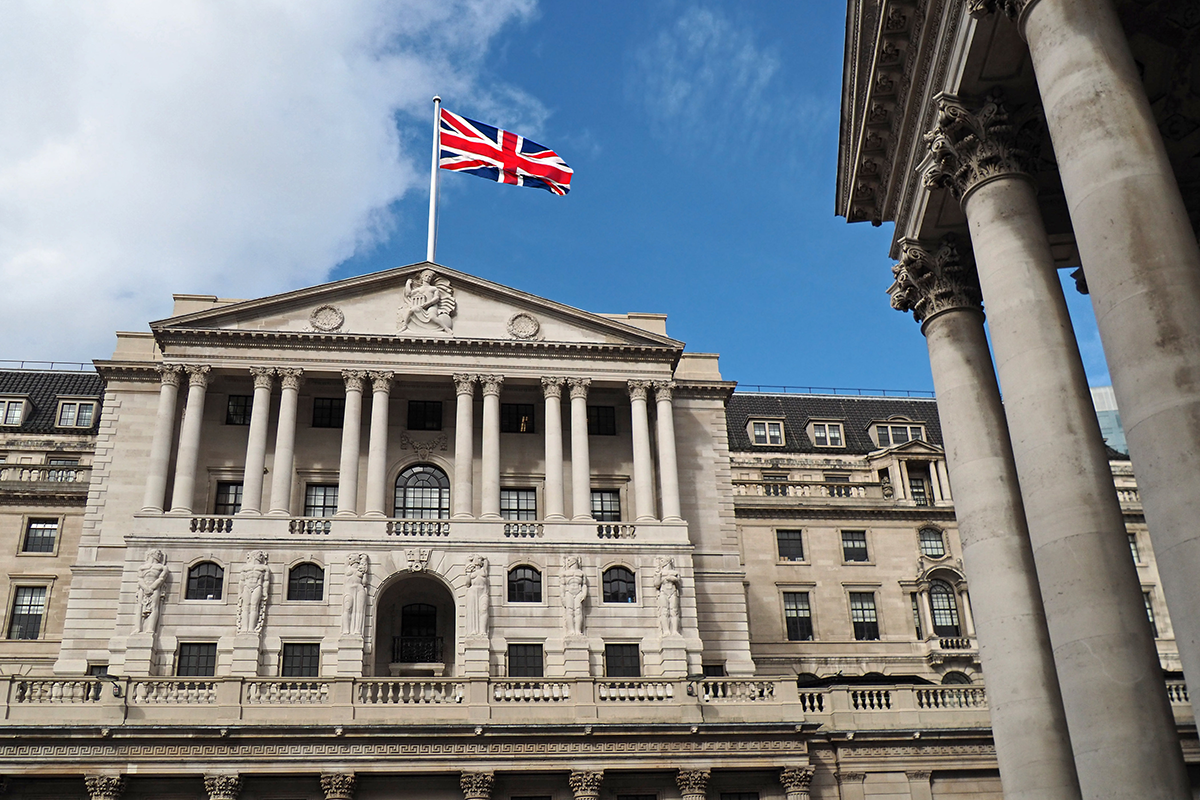In a closely watched decision, the Bank of England (BOE) has cut interest rates for the first time in four years. The decision was not unanimous, reflecting the complexity and division within the Monetary Policy Committee (MPC). By a narrow margin, policymakers voted 5-4 in favor of the reduction, signaling cautious optimism amidst ongoing economic uncertainties.
Governor Andrew Bailey emphasized the need for a careful approach moving forward, noting, “The committee will move ahead cautiously, considering the broader economic landscape and the potential impacts of our decisions.”
Since August 2023, the Bank rate had been held at a 16-year high of 5.25%. This prolonged period of elevated rates aimed to combat persistent inflationary pressures. However, with recent economic indicators pointing towards a potential slowdown, the BOE decided it was time for a change in strategy.
Limited Forward Guidance
Unlike some of its counterparts, the BOE typically provides less forward guidance on its policy moves. This was particularly pronounced in the recent six-week period leading up to the decision due to the U.K. general election in early July. The political climate added an extra layer of complexity to the BOE’s deliberations, restricting its ability to signal future policy shifts.
Economic Projections and Future Meetings
Alongside the rate cut announcement, the BOE released its quarterly Monetary Policy Report. This report contained updated projections for economic growth and inflation, key factors that will shape future policy decisions.
The next MPC meeting is scheduled for September 19, with additional meetings planned for November and December. These meetings will be critical in determining whether the recent rate cut marks the beginning of a new cycle of reductions or if it is a one-off adjustment similar to the recent move by the European Central Bank.
Uncertain Path Ahead
As the BOE navigates this uncertain economic landscape, market participants and analysts will closely scrutinize upcoming data and MPC communications. The central bank’s cautious stance reflects the delicate balance it must maintain between fostering economic growth and keeping inflation in check.
The decision to cut rates, albeit narrowly approved, underscores the BOE’s responsiveness to evolving economic conditions and its commitment to supporting the U.K. economy. Whether this marks the start of a broader trend or a single adjustment remains to be seen, but the BOE’s actions will undoubtedly continue to be a focal point for economic observers in the coming months.



